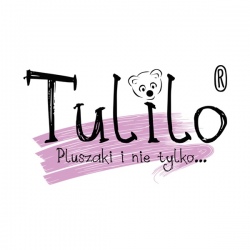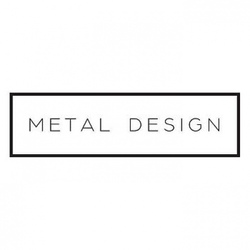Copper Export. Production and Export of Copper from Poland
What is the significance of copper production and export from Poland for the national economy, what are the main export destinations for this raw material, and in which industries is it utilized?
Poland is one of the largest producers of copper in Europe and globally, making this resource a key export commodity for the Polish economy. The extraction and processing of copper have a long tradition in Poland, and thanks to its extensive industrial infrastructure and high technological standards, Polish copper is highly valued on international markets. Both as a raw material and in processed forms, copper from Poland is exported to numerous countries worldwide, finding applications in various industrial sectors.
Copper Production in Poland
Poland ranks among the leading copper producers in Europe, second only to Russia. The annual production of pure copper in Poland is approximately 600,000–700,000 tons, while the total production of copper from concentrates exceeds one million tons. The majority of domestic production comes from the resources of KGHM Polska Miedź, one of the largest copper mining and processing companies in the world.
KGHM’s mines are located in the Copper Belt region of Lower Silesia, which includes major centers such as Lubin, Polkowice, and Głogów. This region is known for having some of the largest and most resource-rich copper deposits in Europe, with estimated reserves amounting to several hundred million tons of copper ore. These reserves ensure stable production for Poland over the coming decades.
KGHM is also a global leader in the production of electrolytic copper, which achieves a purity level of 99.99%. This type of copper is primarily used in the electronics industry, where high electrical conductivity is required.
Value and Structure of Copper Exports
Copper export plays a crucial role in Poland's trade balance. The annual value of copper and copper product exports from Poland ranges from 3 to 5 billion euros, making a significant contribution to the national economy. Copper is exported in various forms, including raw copper (electrolytic copper), copper concentrates, wire rod, sheets, strips, pipes, and other semi-finished products as well as finished goods.
The export structure is dominated by:
- Electrolytic copper – the primary export product, accounting for over 50% of total copper exports.
- Copper wire rod – used in the cable and electrotechnical industries.
- Rolled and drawn products – utilized in construction and automotive sectors.
Export Destinations for Polish Copper
Poland exports copper to numerous international markets, with the largest share going to European Union countries and Asia. Key export destinations include:
- Germany – the largest recipient of Polish copper, accounting for about 25–30% of total exports. The German electronics, automotive, and construction industries generate high demand for Polish copper.
- China – the world’s largest consumer of copper, which has recently increased its imports from Poland. Copper products are shipped to China both directly and through international traders.
- Italy – a significant trading partner in terms of rolled and drawn copper products.
- France and the United Kingdom – these markets primarily import electrolytic copper and wire rod for industrial applications.
- United States – an emerging market for Polish copper, especially for high-purity products.
Polish copper exports also extend to non-EU countries such as Turkey, South Korea, India, and Japan. In recent years, there has been an increase in exports to developing countries where demand for electrical and construction infrastructure is growing.
Applications of Copper in Industry
Copper is one of the most versatile metals, with applications in numerous sectors of the economy. The primary areas of its use include:
- Electronics and Electrotechnics – copper is an essential raw material for producing cables, wires, printed circuit board components, and other electronic parts.
- Energy Sector – copper is used in transformers, electric motors, generators, and electrical installations, making it a key material for renewable energy and electromobility.
- Automotive Industry – copper is utilized in the production of electrical wiring, radiators, brake components, and propulsion systems in both conventional and electric vehicles.
- Construction – copper sheets and pipes are commonly used in plumbing, heating systems, and as architectural elements.
- Chemical Industry – copper serves as a catalyst in chemical processes and as a raw material in the production of certain alloys and chemical compounds.
Challenges and Prospects for Copper Export
Copper exports from Poland face several challenges, including price volatility in global commodity markets. The price of copper on exchanges such as the London Metal Exchange (LME) is influenced by global supply and demand, economic policies, and technological changes.
Another challenge is increasing competition from other producers, such as Chile, Peru, China, and Russia. To remain competitive, Polish copper producers must invest in technological innovations, improve energy efficiency, and adopt sustainable mining and production methods.
The prospects for Polish copper exports, however, remain positive, especially in light of global trends such as the development of renewable energy, electromobility, and digital infrastructure. Demand for copper is expected to grow due to the increasing need for raw materials in the production of cables, batteries, photovoltaic panels, and other technologies of the future.
Conclusion
Poland, with its rich resource base, advanced technologies, and strong position in international markets, plays a key role in global copper trade. Copper exports are a vital component of the Polish economy, generating significant revenue and enhancing Poland’s position as a reliable trade partner. The future development of the copper sector will require adaptation to changing market conditions and the implementation of innovative and eco-friendly production solutions.

 pl
pl  en
en  de
de  es
es  fr
fr  it
it  pt
pt  ru
ru  sv
sv 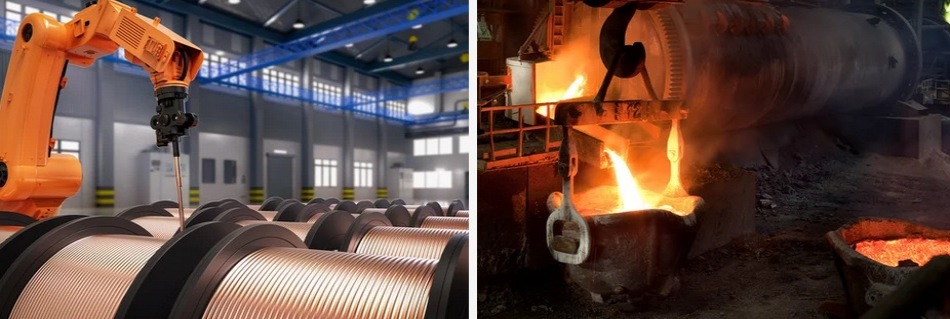
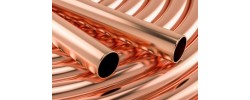

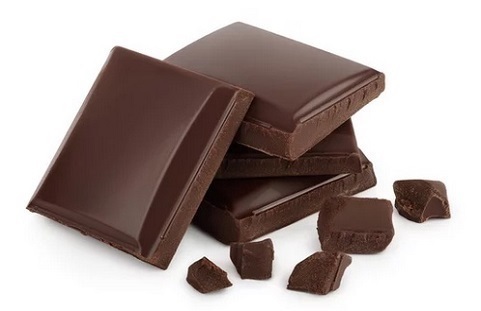
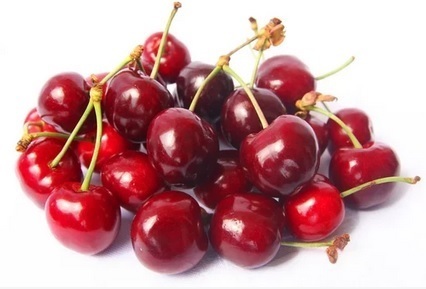


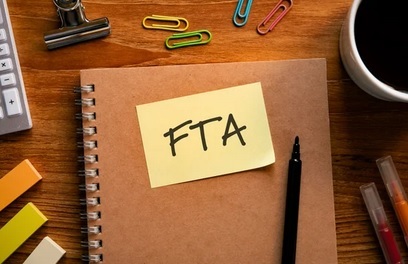




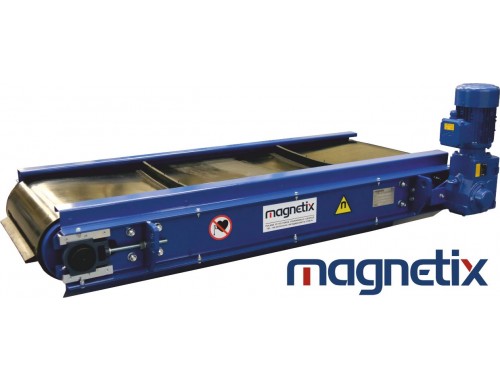
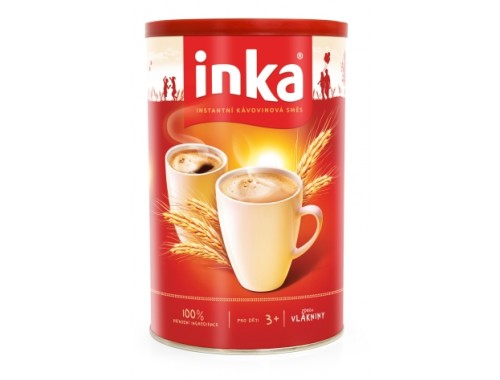
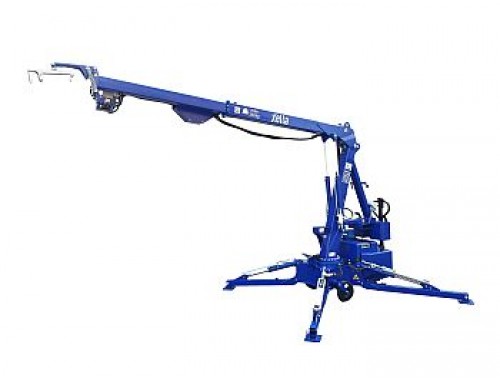

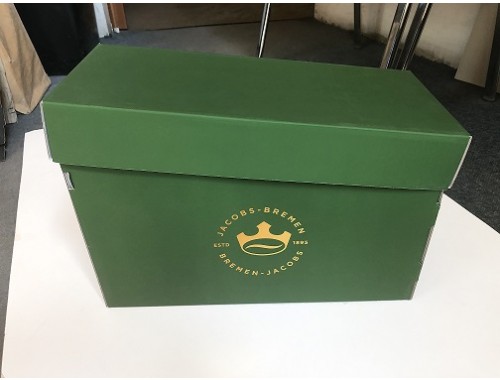

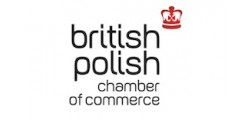
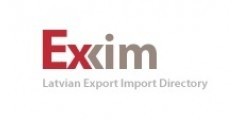
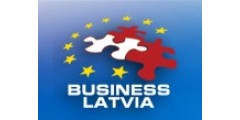


.jpg)

